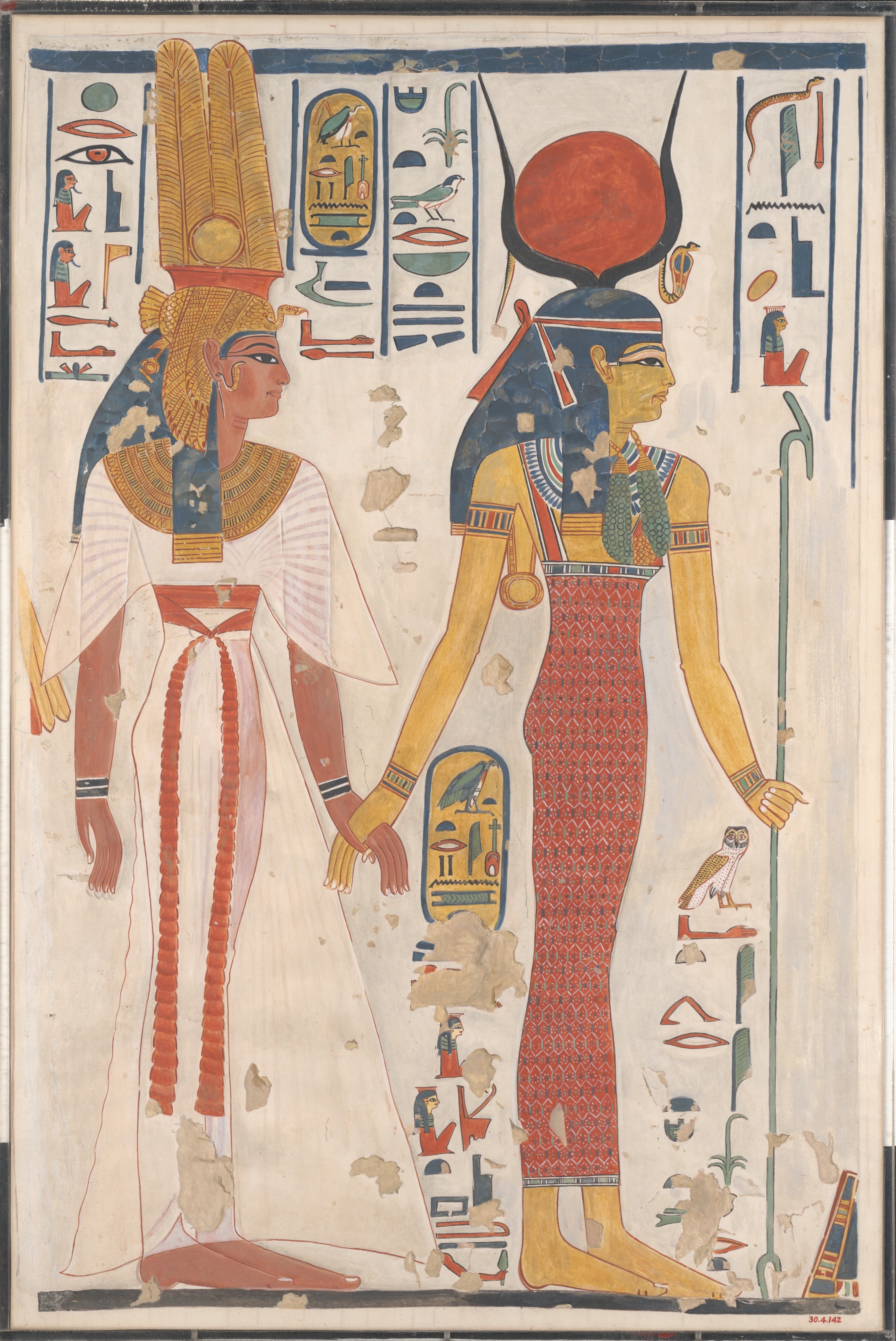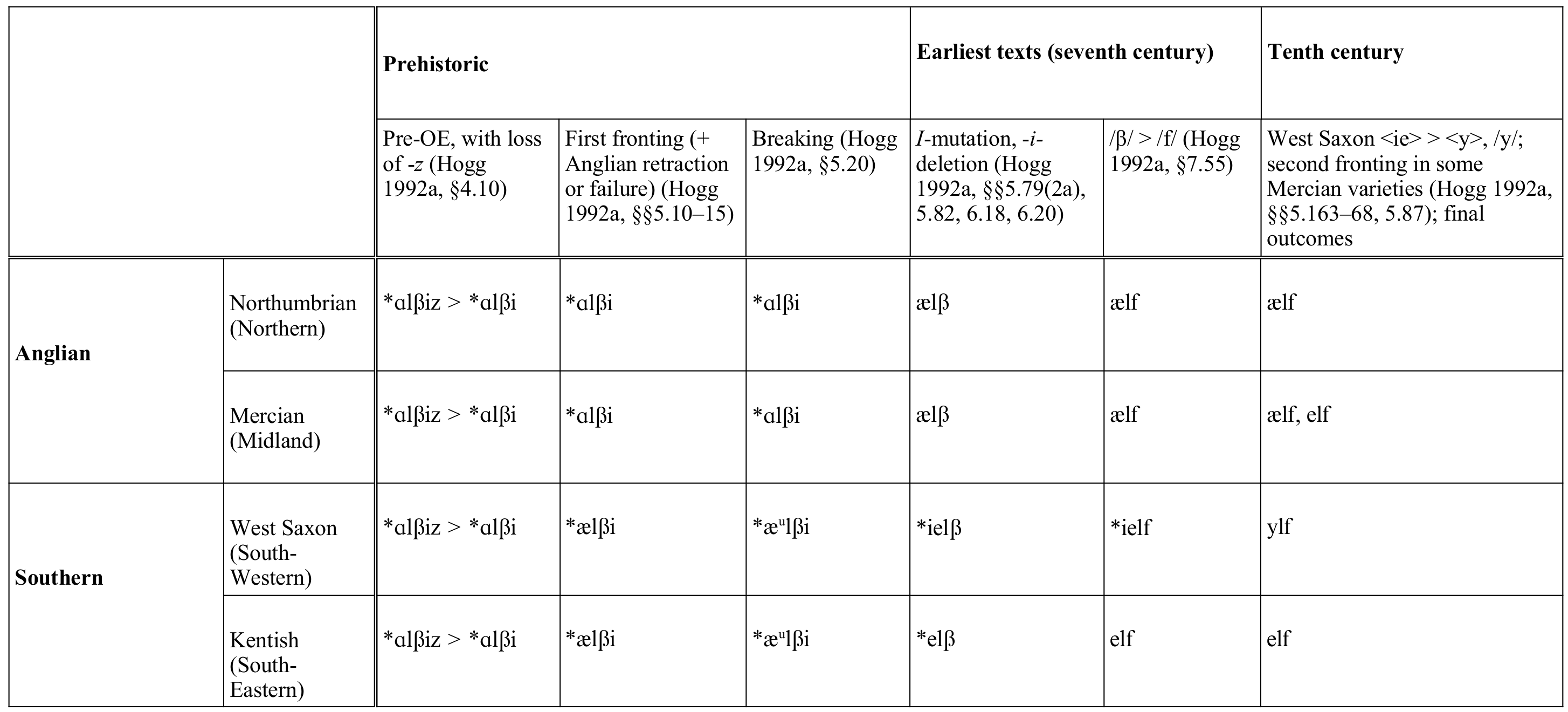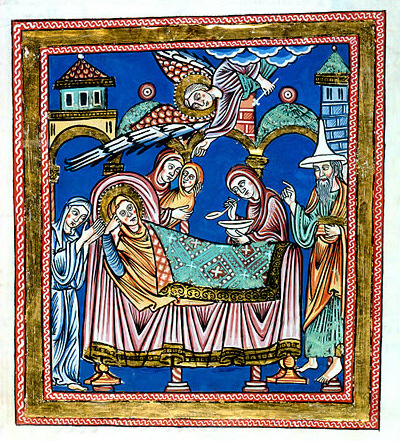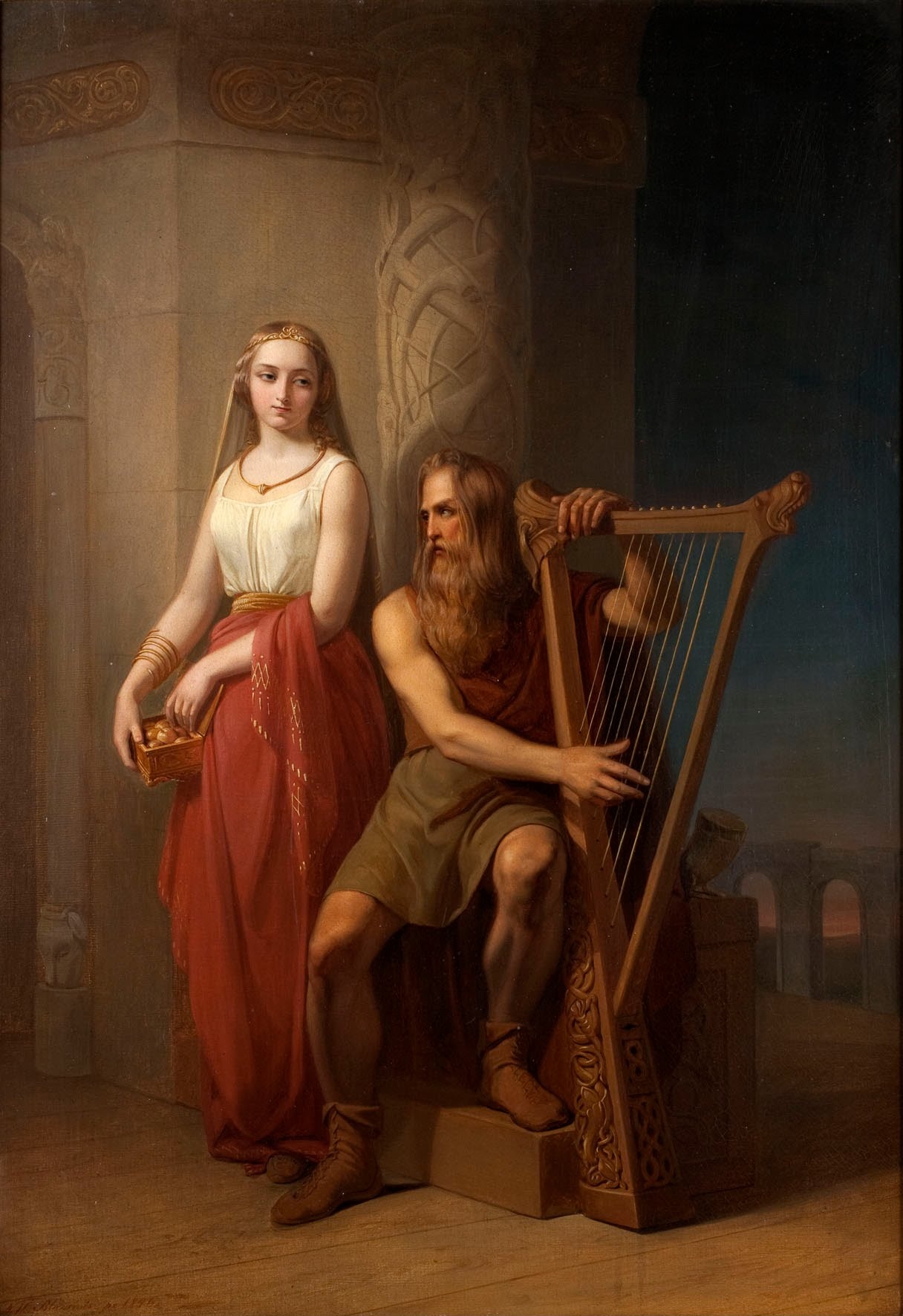|
Alpine Paganism
The central and eastern Alps of Europe are rich in folklore traditions dating back to pre-Christian times, with surviving elements originating from Germanic, Gaulish (Gallo-Roman), Slavic ( Carantanian) and Raetian culture. Survival through the ages Ancient customs survived in the rural parts of Austria, Switzerland, Bavaria, Slovenia, western and northern Croatia and north eastern Italy in the form of dance, art, processions, rituals and games. The high regional diversity results from the mutual isolation of Alpine communities. In the Alps, the relationship between the Roman Catholic Church and paganism has been an ambivalent one. While some customs survived only in the remote valleys inaccessible to the church's influence, other customs were actively assimilated over the centuries. In light of the dwindling rural population of the Alps, many customs have evolved into more modern interpretations. Pastoral traditions Around September 8, the feast of the Nativity of Mary, it ... [...More Info...] [...Related Items...] OR: [Wikipedia] [Google] [Baidu] |
Alps
The Alps () are some of the highest and most extensive mountain ranges in Europe, stretching approximately across eight Alpine countries (from west to east): Monaco, France, Switzerland, Italy, Liechtenstein, Germany, Austria and Slovenia. The Alpine arch extends from Nice on the western Mediterranean Sea, Mediterranean to Trieste on the Adriatic Sea, Adriatic and Vienna at the beginning of the Pannonian Basin. The mountains were formed over tens of millions of years as the African and Eurasian tectonic plates collided. Extreme shortening caused by the event resulted in marine sedimentary rocks rising by thrust fault, thrusting and Fold (geology), folding into high mountain peaks such as Mont Blanc and the Matterhorn. Mont Blanc spans the French–Italian border, and at is the highest mountain in the Alps. The Alpine region area contains 82 peaks higher than List of Alpine four-thousanders, . The altitude and size of the range affect the climate in Europe; in the mountain ... [...More Info...] [...Related Items...] OR: [Wikipedia] [Google] [Baidu] |
Game
A game is a structured type of play usually undertaken for entertainment or fun, and sometimes used as an educational tool. Many games are also considered to be work (such as professional players of spectator sports or video games) or art (such as games involving an artistic layout such as mahjong, solitaire, or some video games). Games have a wide range of occasions, reflecting both the generality of its concept and the variety of its play. Games are sometimes played purely for enjoyment, sometimes for achievement or reward as well. They can be played alone, in teams, or online; by amateurs or by professionals. The players may have an audience of non-players, such as when people are entertained by watching a chess championship. On the other hand, players in a game may constitute their own audience as they take their turn to play. Often, part of the entertainment for children playing a game is deciding who is part of their audience and who participates as a player. A ... [...More Info...] [...Related Items...] OR: [Wikipedia] [Google] [Baidu] |
Goddess
A goddess is a female deity. In some faiths, a sacred female figure holds a central place in religious prayer and worship. For example, Shaktism (one of the three major Hinduism, Hindu sects), holds that the ultimate deity, the source of all reality, is Mahadevi (Supreme Goddess) and in some forms of Tantric Shaivism, the pair of Shiva and Shakti are the ultimate principle (with the goddess representing the active, creative power of God). Meanwhile, in Vajrayana, Vajrayana Buddhism, ultimate reality is often seen as being composed of two principles depicted as two deities in union (Yab-Yum, yab yum, "father-mother") symbolising the non-duality of the two principles of perfect wisdom (female) and skillful compassion (male). A single figure in a monotheistic faith that is female may be identified simply as god because of no need to differentiate by gender or with a diminutive. An experiment to determine the effect of psychedelics on subjects composed of leaders from diverse religio ... [...More Info...] [...Related Items...] OR: [Wikipedia] [Google] [Baidu] |
Elves
An elf (: elves) is a type of humanoid supernatural being in Germanic folklore. Elves appear especially in North Germanic mythology, being mentioned in the Icelandic ''Poetic Edda'' and the ''Prose Edda''. In medieval Germanic-speaking cultures, elves were thought of as beings with magical powers and supernatural beauty, ambivalent towards everyday people and capable of either helping or hindering them. Beliefs varied considerably over time and space and flourished in both pre-Christian and Christian cultures. The word ''elf'' is found throughout the Germanic languages. It seems originally to have meant 'white being'. However, reconstructing the early concept depends largely on texts written by Christians, in Old and Middle English, medieval German, and Old Norse. These associate elves variously with the gods of Norse mythology, with causing illness, with magic, and with beauty and seduction. After the medieval period, the word ''elf'' became less common throughout t ... [...More Info...] [...Related Items...] OR: [Wikipedia] [Google] [Baidu] |
Kobolds
A kobold (; ''kobolt'', ''kobolde'', cobold) is a general or generic name for the household spirit (''hausgeist'') in German folklore. It may invisibly make noises (i.e., be a poltergeist), or helpfully perform kitchen chores or stable work. But it can be a prankster as well. It may expect a bribe or offering of milk, etc. for its efforts or good behaviour. When mistreated (cf. fig. right), its reprisal can be utterly cruel. A () meaning "little hat" is one subtype; this and other kobold sprites are known for its pointy red cap, such as the ''niss'' (cognate of nisse of Norway) or ''puk'' (cognate of puck fairy) which are attested in Northern Germany, alongside ''drak'', a dragon-type name, as the sprite is sometimes said to appear as a shaft of fire, with what looks like a head. There is also the combined form Nis Puk. A house sprite Hinzelmann is a shape-shifter assuming many forms, such as a feather or animals. The name supposedly refers to it appearing in cat-form, H ... [...More Info...] [...Related Items...] OR: [Wikipedia] [Google] [Baidu] |
House Spirits
A household deity is a deity or spirit that protects the home, looking after the entire household or certain key members. It has been a common belief in paganism as well as in folklore across many parts of the world. Household deities fit into two types; firstly, a specific deity typically a goddess often referred to as a hearth goddess or domestic goddess who is associated with the home and hearth, such as the ancient Greek Hestia. The second type of household deity is not one singular deity but a type or species of animistic, which usually has lesser powers than major deities. This type was common in the religions of antiquity, such as the lares of ancient Roman religion, the gashin of Korean shamanism, and cofgodas of Anglo-Saxon paganism. These survived Christianisation as fairy-like creatures existing in folklore, such as the Anglo-Scottish brownie and Slavic domovoy. Household deities were usually worshipped not in temples but in the home, where they would be represe ... [...More Info...] [...Related Items...] OR: [Wikipedia] [Google] [Baidu] |
Companions Of Saint Nicholas
The companions of Saint Nicholas are a group of closely related figures who accompany Saint Nicholas throughout the territories formerly in the Holy Roman Empire or the countries that it influenced culturally. These characters act as a foil to the benevolent Christmas gift-bringer, threatening to thrash or abduct disobedient children. Jacob Grimm (''Deutsche Mythologie'') associated this character with the pre-Christian house spirit (kobold, elf) which could be benevolent or malicious, but whose mischievous side was emphasized after Germanic Christianity, Christianization. The association of the Christmas gift-bringer A number of Midwinter or Christmas traditions in European folklore involve gift-bringers. Mostly involving the figure of a bearded old man, the traditions have mutually influenced one another, and have adopted aspects from Christian hagiography, ... with elves has parallels in English and Scandinavian folklore, and is ultimately and remotely connected to the Chr ... [...More Info...] [...Related Items...] OR: [Wikipedia] [Google] [Baidu] |
Claw
A claw is a curved, pointed appendage found at the end of a toe or finger in most amniotes (mammals, reptiles, birds). Some invertebrates such as beetles and spiders have somewhat similar fine, hooked structures at the end of the leg or Arthropod leg, tarsus for gripping a surface as they walk. The pincers of crabs, lobsters and scorpions, more formally known as their chelae, are sometimes called claws. A true claw is made of a hard protein called keratin. Claws are used to catch and hold prey in carnivorous mammals such as cats and dogs, but may also be used for such purposes as digging, climbing trees, self-defense and Personal grooming, grooming, in those and other species. Similar appendages that are flat and do not come to a sharp point are called nail (anatomy), nails instead. Claw-like projections that do not form at the end of digits but spring from other parts of the foot are properly named Spur (zoology), spurs. Tetrapods In tetrapods, claws are made of keratin and ... [...More Info...] [...Related Items...] OR: [Wikipedia] [Google] [Baidu] |
Old High German
Old High German (OHG; ) is the earliest stage of the German language, conventionally identified as the period from around 500/750 to 1050. Rather than representing a single supra-regional form of German, Old High German encompasses the numerous West Germanic languages, West Germanic dialects that had undergone the set of sound change, consonantal changes called the High German consonant shift, Second Sound Shift. At the start of this period, dialect areas reflected the territories of largely independent tribal kingdoms, but by 788 the conquests of Charlemagne had brought all OHG dialect areas into a single polity. The period also saw the development of a stable linguistic border between German and Gallo-Romance languages, Gallo-Romance, later French language, French. Old High German largely preserved the synthetic language, synthetic inflectional system inherited from its ancestral Germanic forms. The eventual disruption of these patterns, which led to the more analytic language ... [...More Info...] [...Related Items...] OR: [Wikipedia] [Google] [Baidu] |
Krampus At Perchtenlauf Klagenfurt
The Krampus () is a horned anthropomorphic figure who, in the Central and Eastern Alpine folkloric tradition, is said to accompany Saint Nicholas on visits to children during the night of 5 December (''Krampusnacht''; "Krampus Night"), immediately before the Feast of St. Nicholas on 6 December. In this tradition, Saint Nicholas rewards well-behaved children with small gifts, while Krampus punishes badly behaved ones with birch rods. The origin of the figure is unclear; some folklorists and anthropologists have postulated that it may have pre-Christian origins. In certain traditional parades and in such events as the ("Krampus run"), some young men dressed as Krampus attempt to scare the audience with their antics. Krampus is featured on holiday greeting cards called . The figure has been imported into popular culture around the world, and has appeared in movies, TV shows and games. Origins Discussing his observations in 1975 while in Irdning, a small town in Styria, a ... [...More Info...] [...Related Items...] OR: [Wikipedia] [Google] [Baidu] |
Saint Joachim
Joachim was, according to Sacred tradition, the husband of Saint Anne, the father of Mary (mother of Jesus), and the maternal grandfather of Jesus. The story of Joachim and Anne first appears in the Gospel of James, part of the New Testament apocrypha. His feast day is 26 July, a date shared with Saint Anne. In Catholic tradition The story of Joachim, his wife Anne (or Anna), and the miraculous birth of their child Mary, the mother of Jesus, was told for the first time in the 2nd-century apocryphal infancy-gospel the Gospel of James (also called the ''Protoevangelium of James''). Joachim was a rich and pious man, who regularly gave to the poor; however, Charles Souvay, writing in the ''Catholic Encyclopedia'', says that the idea that Joachim possessed large herds and flocks is doubtful. At the temple, Joachim's sacrifice was rejected, as the couple's childlessness was interpreted as a sign of divine displeasure. Joachim consequently withdrew to the desert, where he fasted and did ... [...More Info...] [...Related Items...] OR: [Wikipedia] [Google] [Baidu] |
Iðunn
In Norse mythology, Iðunn is a goddess associated with apples and youth. Iðunn is attested in the ''Poetic Edda'', compiled in the 13th century from earlier traditional sources, and the ''Prose Edda'', written in the 13th century by Snorri Sturluson. In both sources, she is described as the wife of the skaldic god Bragi, and in the ''Prose Edda'', also as a keeper of apples and granter of eternal youthfulness. The ''Prose Edda'' relates how Loki was once forced by the jötunn Þjazi to lure Iðunn out of Asgard and into a wood with the promise of apples even fairer than her own. Þjazi, in the form of an eagle, abducts Iðunn from the wood, bearing her off to his home. Iðunn's absence causes the gods to grow old and grey, and they realize that Loki is responsible for her disappearance. Under duress, Loki promises to bring her back and, setting out in the form of a falcon, eventually finds her alone at Þjazi's home. He turns her into a nut and flies back toward Asgard. W ... [...More Info...] [...Related Items...] OR: [Wikipedia] [Google] [Baidu] |










